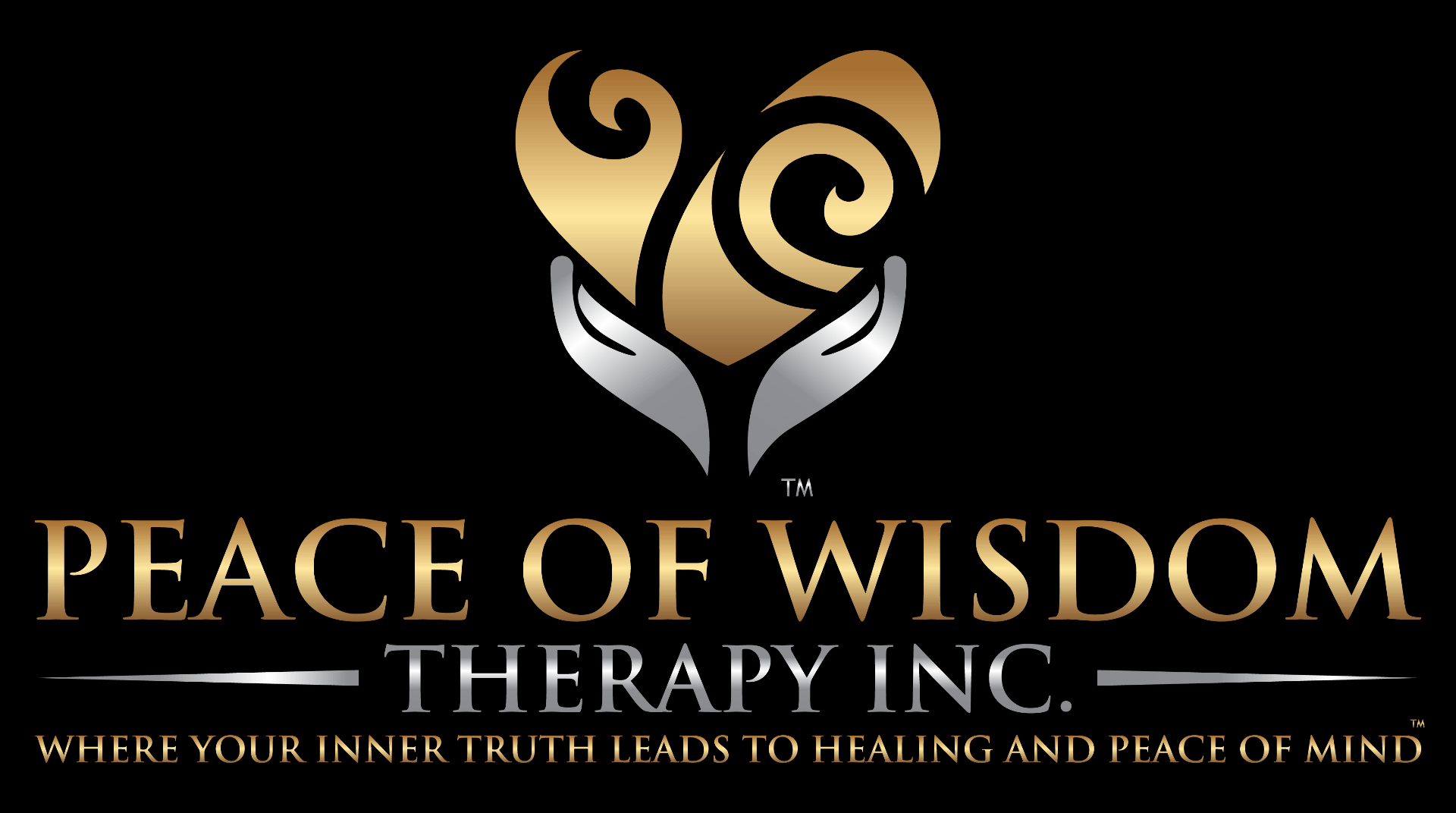Fear and Courage: Finding Alignment Within Yourself to Discover Courage

Fear. One of the most common and universal feelings we experience as humans.
In fact, it’s one of the most common topics of famous quotes. Ever heard of these?
“The only thing we have to fear is fear itself.” FDR
“There is only one thing that makes a dream impossible to achieve: the fear of failure.”
― Paulo Coelho, The Alchemist
Fear is one of our fundamental emotions, and it does serve a purpose. As a part of our nervous system, fear can help us survive in threatening or dangerous situations.
Fear can serve as a protective method. But left unchecked, at high levels, or in inappropriate circumstances, it also can wreak havoc on your life.
Facing Your Fear
In today’s fast-paced and often chaotic world, it’s easy to feel overwhelmed by fear and uncertainty.
In my work as a therapist, I’ve witnessed firsthand the power of working through fear and increasing courage in life.
Fear is a natural response to perceived threats, but it can also hold us back from reaching our full potential.
One of the first steps in releasing fear is to acknowledge its presence without judgment. This could look like stating out loud what you are feeling. It could be intentionally exposing yourself to the object of your fear.
After you’ve worked to recognize the fear, you can begin to explore its origins and challenge the limiting beliefs that fuel it. This process requires courage. AND it opens the door to personal growth and self-discovery.
Building Courage
If increasing courage doesn’t mean eliminating fear altogether, what does courage mean then?
Brene Brown, through her research into human emotion and experience, suggests that courage is about speaking honestly and openly about who we are, about what we’re feeling, and about our experiences – the good and bad. She writes, “There is no courage without vulnerability. Vulnerability is not weakness. It’s the ability to show up and be seen. It’s the ability to be brave when you cannot control the outcome.”
Courage involves facing our fears head-on and taking action despite them. Practicing self-compassion and building a supportive inner dialogue can help cultivate courage in the face of challenges.
So, how do you align your thoughts, emotions, and actions with these courage principles?
This alignment requires self-awareness and mindfulness – observing our thoughts and emotions without attachment or judgment.
Because when we act in alignment with our true selves, we experience a sense of flow and fulfillment that overcomes fear and doubt.
Consciousness plays an important role in this process, serving as the lens through which we perceive and interact with the world.
The right side of the brain, often associated with the divine feminine, governs creativity, intuition, and empathy. Cultivating these qualities allows you to connect with your emotions on a deeper level and tap into your innate wisdom.
The left side of the brain, representing the divine masculine, is responsible for logic, analysis, and problem-solving. Integrating these qualities with your emotional intelligence enables you to make informed decisions and take decisive action.
The neo-frontal cortex, also known as the “wise mind,” bridges your rational and emotional self. This region of the brain allows you to integrate logic with your intuition. This allows you to take the correct action to create greatness in the world.
Practical Steps to Release Fear, Increase Courage, and Live in Alignment with All Parts of Yourself
CBT provides practical tools for taking control of your mind. By examining the connection between your thoughts, emotions, and actions, you can identify and challenge unhelpful patterns of thinking and behavior that lead to fear.
Here are some action steps that you can take:
● Identify and Challenge Negative Thoughts: Pay attention to negative or irrational thoughts leading to fear and anxiety. Then, challenge them by asking yourself if they are based on facts or fear. If there is some truth to what you’re thinking, look at ways you can problem solve.
● Practice Mindfulness: Take a moment out of your day to practice mindfulness. Ground yourself in nature. Examine what all 5 of your senses are experiencing. Focus on your breath or sensations in your body to anchor yourself in the present.
● Set Realistic Goals: Break down large goals into more manageable tasks.
● Use Positive Affirmations: Replace negative self-talk with positive affirmations. Look at yourself in the mirror and say things like: “I’m feeling doubtful, but I’m open to a miracle,” “I am capable,” “I am resilient,” or “I am worthy of success”.
● Practice Exposure Therapy: Gradually expose yourself to the things you’re afraid of in a controlled and supportive manner.
● Utilize Relaxation Techniques: Practice relaxation skills like deep breathing, progressive muscle relaxation, or guided imagery to reduce physical tension and calm your mind.
● Seek Social Support: Share your fears and concerns with trusted friends, family members, or a therapist.
● Practice Self-Compassion: Treat yourself with kindness and understanding, especially when facing challenges or setbacks. Offer yourself the same compassion you would give to a friend in a similar situation.
● Keep a Thought Journal: Track your thoughts, emotions, and behaviors in a journal to identify patterns and triggers. Tip: Bring your thought journal to your next therapy session to process.
● Celebrate Progress: Acknowledge and celebrate all your achievements – big or small.
Which of these do you think you can commit to trying this week?
If you need extra support, I’m here.
Schedule a consultation so we can learn together how to release your fear, bring out your courage, and align your thoughts, feelings, and behaviors.


